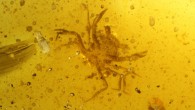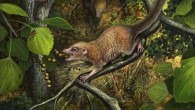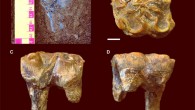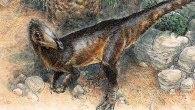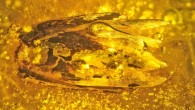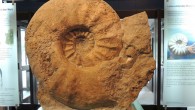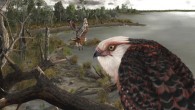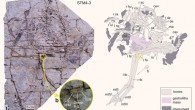In a study published this week in the journal Nature, scientists analyzed ancient horse genomes from all suspected domestication centers, including Iberia, Anatolia and the steppes of Western Eurasia and Central Asia. Librado et al. pinpoint the Western Eurasian steppes, especially the lower Volga-Don region, as the homeland of modern domestic horses. Image credit: Devanath. Horse domestication transformed long-range mobility and warfare, but the...


